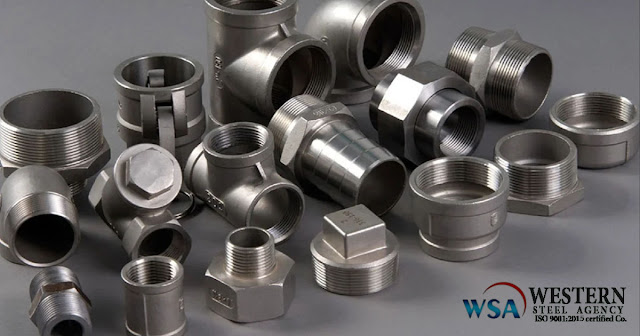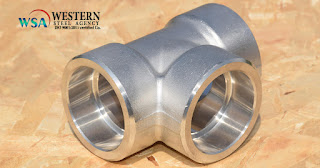Slip-on flange vs Weld neck flange
Slip-on flange vs Weld neck flange
The Slip-On Flange is connected to the pipe by two welds, one on the backside and the other on the inside. The internal weld of the flange to the pipe is recessed by at least the thickness of the wall plus 3 millimeters (3/16”) of an inch. This is to keep the gasket's face and seating area safe. Although a Slip On Flange is initially less expensive than a Weld Neck Flange, there are two welds on the rear side and one on the inside of the flange, as well as the additional inspection of the second weld, tripling the weld and inspection costs. Because fittings are designed for butt weld connections, the Slip-On Flange is meant to be welded to the pipe before being fitted.
The Weld Neck Flanges base gradually tapers away from the bolted connection to the pipe, making it instantly recognizable. The Point of Weld on the Weld Neck is supplied with a specific bore to match the connecting pipe or fitting. A full penetration butt weld is used to make this connection, which reduces erosion and controls product flow by reducing turbulence at the junction. The Weld Neck Flange provides improved strength at greater pressures, subzero or extreme temperatures, and other variable stresses such as line expansion or retraction. A Slip-On Flanges estimated strength under internal pressure is around two-thirds that of a Weld Neck Flange, and their yield stress is around one-third that of a Weld Neck Flange.
Slip-on flanges are a form of flat welding flange. Flat welding is only used to weld the outer layer, not the inner layer. In general, a flat welding flange, such as an ASME B16.5 Class 600 Slip On Flange, may be utilized in both medium and low-pressure pipelines. The nominal pressure of these pipes with Tapped Slip On Flange is less than 2.5 MPa. Fillet welding is done after the Slip-On Flange with Raised Face Pn16 is put over the pipe. API 6A SORF Flanges are straightforward to use in fabricated applications.
Slip-on flange Dimensions
Common outer diameters: 1/2'', 2'', 3'', 4'', 6'', 8'', 10'', 12'', to 24”.
Special made outer diameters: Up to 60”.
Class range: Class 150, Class 300, 400, 600, 900, 1500, 2500(# or LB). PN 2.5 to PN 250.
Flange face type: RF (Raised Face), RTJ (Ring Type Joint)
Advantages of Slip On Flange
Lower installation costs
Easier to align with other parts during installation
Better leaking proof
Inner and outer welding on the flange
Takes less time to cut accurately for the pipelines
As pipe slides on the flange, it compatible with the lower hub on the slip-on flange
Weld Neck Raised flange has a little protrusion from the face that surrounds the bore on the bottom side. A gasket seat will be built in this elevated place. Depending on the pressure ratings, different heights of the raised face will be employed. Weld Neck Flanges are flanges that are meant to be buttwelded to a pipe system. This type of flange has several specifications. Because of its long neck and the expense of workers to interface WN flange with pipeline or fitting, it is more costly, but it is favored for high-stress applications. The pipeline is stressed by the necks or hubs.
Weld Neck Flange Specification
Material: Carbon, Alloy and Stainless Steel
Standards: ASTM A105, ASTM A182
Sizes: 1/2'' to 24'', Customized up to 48''
Thickness: Schedule 10(S) to SCH 160
Pressure Ratings: Class 150 to 2500
Face Type: RF, RTJ
ASTM | Inconel | Monel | Alloy Grades of Flanges
You might also like
Uses of ASTM A234 WPB Buttweld Fittings
ASTM A350 LF2 Flanges Specification
Application & Uses of ASTM A182 F202 Flanges



Comments
Post a Comment